Health crisis looms in flood-hit areas
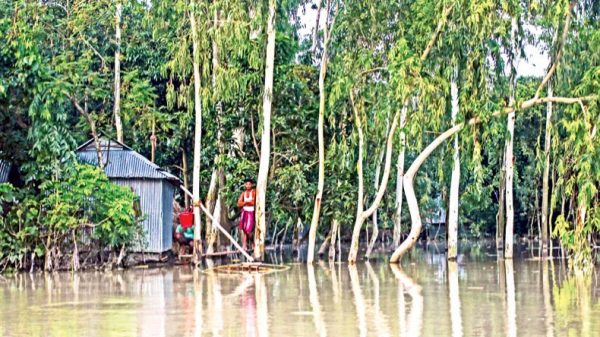
Shawdesh Desk:
A public health crisis is looming in the flood affected areas where marooned villagers are left with no choice but to drink mostly floodwaters that engulfed a third of Bangladesh by Friday.
In some of the areas floods continued into the third week with more than 60,000 tube wells, the sole source of safe drinking water in the countryside, under water.
14,781 people fell sick after contracting waterborne and other diseases related to flood since July 10, according to the Health Emergency Operation Centre and Control Room.
Although, on the countryside, people access drinking water on their own without government help round the year, during floods they become completely dependent on it.
But the government seemed inadequately prepared to deal with the drinking water crisis during the floods and its consequences are apparent in the spread of waterborne diseases in many northern and central districts where hundreds of thousands are still surrounded by floodwaters.
‘I see a health disaster looming in my electorate,’ Mohammad Ali Zinnah, chairman Kakua union parishad of Tangail Sadar, told New Age correspondent in Tangail.
About 29,000 flood victims in Kakua were mostly drinking floodwaters as their tube wells were under water.
Kakua was one of the worst affected areas in Tangail where flood waters inundated a total of 4,230 tube wells so far.
But Ziannah had only 500 pieces of water purification tablets allotted in his name so far.
‘And I did not get a single packet of oral saline,’ said Zainnah.
His repeated requests for setting up a medical camp in his electorate went unheeded.
Jahirul, a village doctor at Omarpur in Kakua, said that he was treating up to 30 patients, mostly children and elderly, every day.
The situation is even worse in nine flood affected upazilas in Tangail where 400,000 people have been marooned by floods, with 20,000 of them still stranded at places still under water.
Tofazzal Hossain Khan Tofa, chairman of Hogra union, a remote place under Tangail sadar upazilas, said that people in his area were drinking floodwaters and he did not receive any water purification tablet or medicines for waterborne diseases.
Emergency medical teams dispatched for Tangail were stationed at union levels but they were avoiding travels to remote places and were focusing on easily accessible areas.
There are nearly a thousand shoals in the rivers flowing through Lalmonirhat, Kurigram, Gaibandha and Jamalpur districts where flood victims largely remained out of government reach.
Diarrhoea is not the only disease that flood victims suffer from. Living in water for long could lead to respiratory tract infection especially among children and elderly people.
There is also the risk of spread of conjunctivitis and skin diseases from use of unsafe water for some time.
The Health Emergency Operation Centre and Control Room’s counting of people suffering flood-related illness or injury was increasing every day.
In 24 hours until Friday morning the control room recorded 1,917 people falling sick from waterborne diseases or getting injured in flood-related incidents. In the preceding 24 hours the control room recorded 1,511 such cases.
A total of 14,781 people were taken ill after suffering water borne diseases since July 10, the control room said.
Of them, 5,571 people suffered diarrhoea, 1,610 RTI, 1,905 skin diseases and 479 conjunctivitis.
Treatment of these diseases require a wide range of medicines including antibiotics and the failure to get timely treatment could result in long-term health consequences, said the health control room.
‘Medical teams have the capacity for treating diarrhoea and fungal infections and other skin diseases,’ said Kurigram’s civil surgeon SM Aminul Islam.
He said that they seek NGO or other institution’s assistance while dealing with situations like travelling to remote areas or carrying emergency patients to hospitals for they lacked necessary logistic support.
New Age correspondent in Kurigram reported that health care remained inaccessible to many of one million flood victims in the district where at least 41 community clinics were inundated by floodwaters.
A total of eleven rivers were flowing above their danger levels at 19 points at 9:00am Friday, said the Flood Forecasting and Warning Centre.
The rivers flowing through south-eastern and south-central regions may swell until Saturday morning, said the FFWC.
The flood situation in central Bangladesh might remain unchanged, said the FFWC.
The FFWC predicted improvement in conditions in northern, north-central and north-eastern region by Saturday morning.
The Jamuna was still swelling as onrush of water from upstream across the border continued till Friday amid heavy rains.
The Indian Met Office recorded heavy rains at places in West Bengal and Sikkim and Assam and Meghalaya in 24 hours ending Friday afternoon.
The Indian Met Office predicted widespread rain in Assam and Meghalaya until Tuesday.
The Met Office in Bangladesh issued a landslide warning until 4:30 pm Saturday predicting at places over Khulna, Barishal and Chattogram divisions.
The Met Office recorded country’s highest rainfall of 117 mms in 24 hours until 6:00pm Friday at Sandwip.
The FFWC recorded country’s highest rainfall of 120 mms in 24 hours ending at 9:00am Friday at Patuakhali.
Heavy to very heavy rainfall was recorded in many parts of Bangladesh during the same time by the FFWC.
The health emergency control room said that nine people drowned in Netrokona, Bogura, Gaibandha, Jamalpur and Tangail in 24 hours until Friday morning taking the death toll due to floods to 103 since July 10.


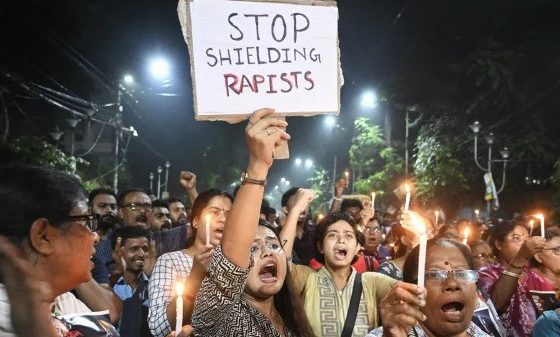
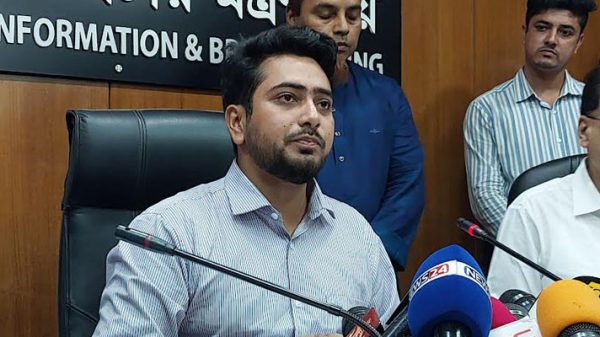

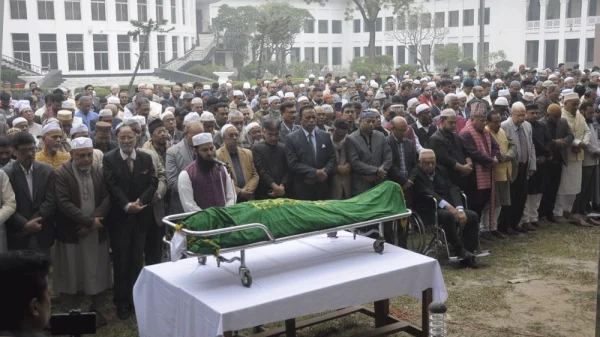
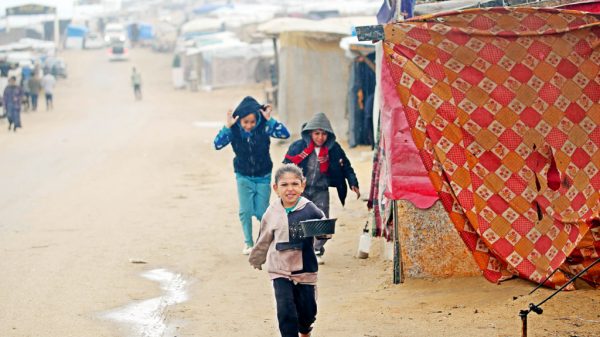
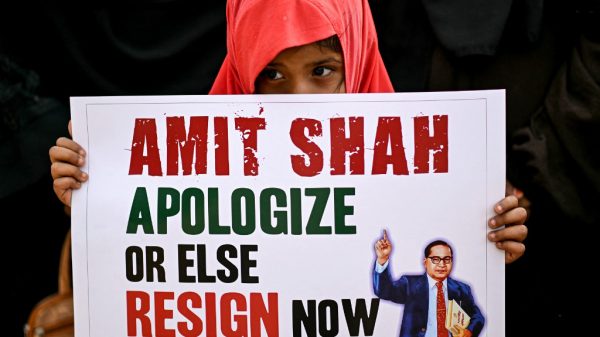

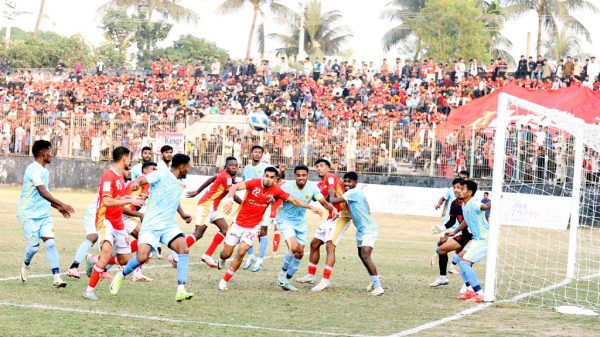
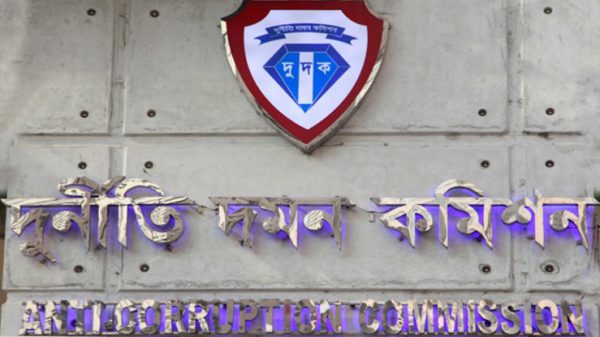
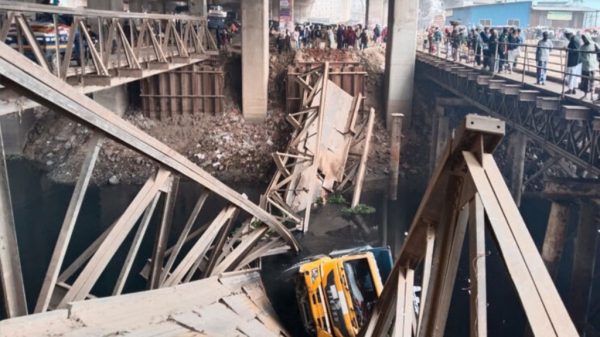











Leave a Reply